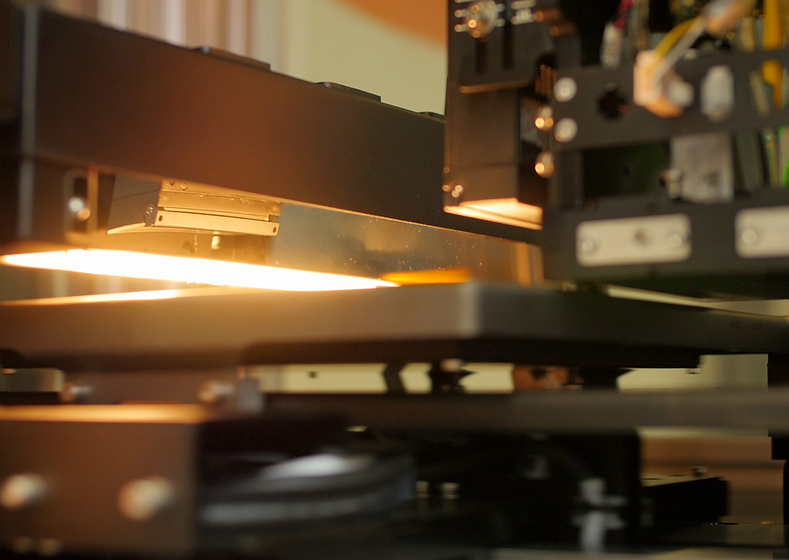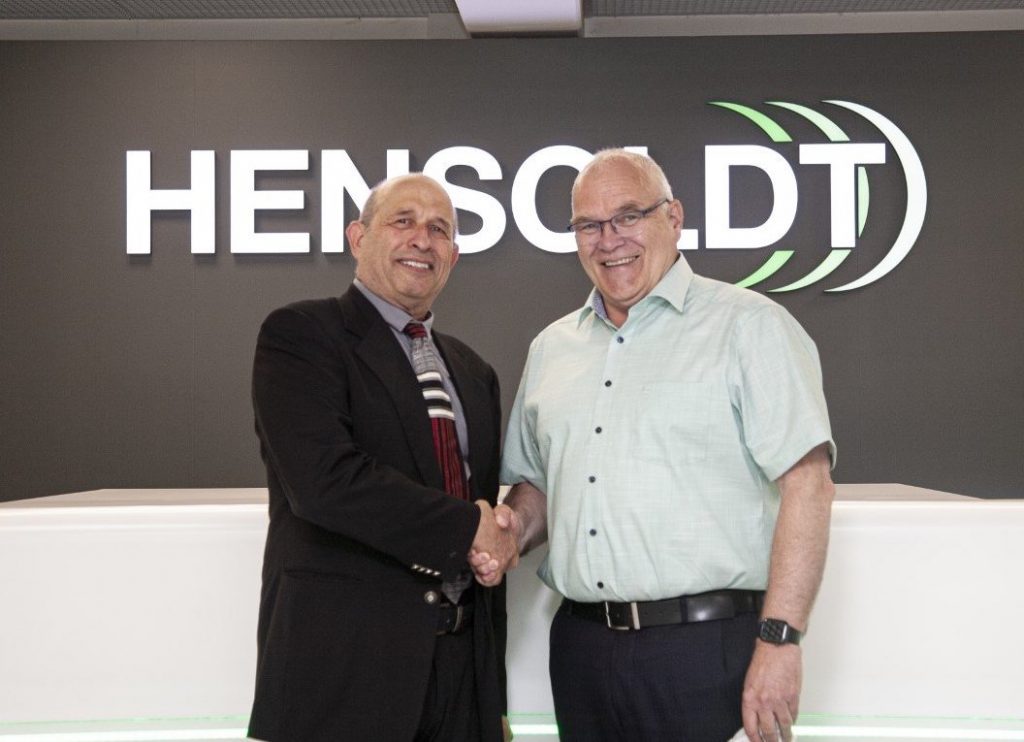The nominations for the 2021 3D Printing Industry Awards are now open. Who do you think should make the shortlists for this year’s show? Have your say now.
Yoav Stern, Chairman and CEO of electronics 3D printer manufacturer Nano Dimension, has criticized “impatient short-sellers” for the company’s declining share price, after it fell 26% over the last month.
Stern made his comments on the firm’s Q2 2021 earnings call, during which he explained that the company had generated just $1.6 million over H1 2021, despite having $1.4 billion in liquid capital. Although the company’s income rose 60% on the $990,000 reported in H1 2020, Stern admitted that this level of growth was “not impressive,” and he committed to further spending, albeit with some caveats.
While implying that acquisitions could be in the works, he said that he can’t “disclose anything until it happens,” and any such deal would be subject to due diligence to prevent funding being “poured down the drain,” before adding that shareholders will need to be patient if they want to take advantage when the firm reaches an inflection point.
Following Stern’s analysis and the release of Nano Dimension’s financials, its shares initially rallied to a 7% recovery, but they’ve since dipped again to $5.61, well short of the year-high $16.72 seen back in February 2021.
“Short-sellers are players in the market like everybody else, I respect them, they gamble, but our share price is not a reflection of how advanced we are in what we’re doing,” said Stern on the call. “Nano Dimension’s business development will be very surprising, it’s not a grown, mature business. It’ll go through inflection points, that’ll cause its shares to jump.”
“My recommendation is don’t try to time it,” he added. “Make a decision, if you’re long-term investors, hold, buy, be in, and when the inflection point arrives you will be riding with us.”

Nano Dimension’s Q2 2021
As Nano Dimension continues to weigh up the acquisition of revenue-generating subsidiaries, its income remains relatively low, with the majority understood to derive from the sales of its DragonFly 3D printers. While Stern didn’t disclose whether the company had gained any orders from new clientele on his call, he did reveal that it generated $811,000 in revenue during Q2 2021 from product sales.
Compared to the $288,000 the firm brought in during Q2 2020, this figure represents a $523,000 increase, although it still remains low considering the substantial backing it has gained from investors. As of June 30, 2021, Nano Dimension had $1.396 billion in cash on its balance sheet, more than twice the $667 million it had after H1 2020, due largely to the several share offerings it has issued since 2020.
During Q2 2021, some of this capital was ploughed into R&D, and the company shelled out $9.1 million on product development over the quarter, 146% more than the $3.7 million spent in Q1 2021. As a result, Nano Dimension’s net loss also jumped over the same period, rising from $9.3 million to $13.6 million, but Stern has stressed that the firm is currently targeting growth rather than seeking to reduce its costs.
“Short-term investors may be disappointed by our expenses not going down, yet the right financial measure of our success at this point is a total contradiction to that,” said Stern. “Our ability to identify and hire the top scientific talents, and make meaningful [spending] increases in R&D, material research and data science will be manifested in increased expenses, [but] this has no correlation with revenue.”
| Financials ($) | R&D Spending | Admin Spending | Marketing Costs | Total Revenue | Net Loss |
| H1 2020 | 3.6m | 1.9m | 1.7m | 1m | 10.3m |
| H1 2021 | 12.9m | 8.3m | 8.7m | 1.6m | 22.9m |
| Difference | +9.3m | +6.4m | +6m | +0.6m | +12.6m |
Investing in future growth
On Nano Dimension’s earnings call, Stern emphasized that the company made significant progress in its mission to “transform the electronic and adjacent 3D printing industries,” during H1. In April 2021, Nano Dimension bought AI software firm DeepCube in a $70 million deal, as well as acquiring Nanofabrica for $40 million, and it now intends to harness the potential synergies between its two subsidiaries.
According to Stern, DeepCube’s machine learning software gives 3D printers a “robotic brain,” that provides users with higher yields of electronics and other parts, thus “it’s already in the process” of integrating the technology into its newly-renamed ‘Fabrica’ machines.
On the call, Stern also provided an update on Nano Dimension’s next-generation DragonFly 3D printer, which was supposed to have launched two months ago. Despite the delays, he maintained that the new machine exhibits “much better performance” than the firm’s LDM machine, and that it’s now “very close to releasing,” thus would-be adopters shouldn’t have to wait much longer.

Later, in the call’s Q&A, Stern revealed that much of the company’s recent sales activity has come from the U.S. and German defense sectors. In the latter, Nano Dimension has even formed a new joint electronics 3D printing venture called ‘J.A.M.E.S’ with sensor specialist HENSOLDT, suggesting that it sees the region as a fertile source of sales in future.
When questioned on the subject of acquisition targets, Stern maintained that he couldn’t provide a detailed update, as Nano Dimension is assessing “dozens” of candidates. Instead, he closed by reiterating that the company is measuring its progression via R&D, thus it has now increased its workforce from 70 to 130 people, and intends to continue chasing long-term rather than short-term goals.
“Initially, we measure our success by achieving our development goals,” concluded Stern. “We have planned, are currently executing and hoping to surpass, any present solutions for ‘robotic brains’ in manufacturing, material technologies and 3D printing. Those, in turn, are aimed to, and hopefully will, create a business-disruptive set of inflection points.”
“While, as usual, there is no guarantee for the timing of these inflection points, these will hopefully create an exceptional time-weighted return on investment for all of us, the long-term investors.”
The nominations for the 2021 3D Printing Industry Awards are now open. Who do you think should make the shortlists for this year’s show? Have your say now.
To stay up to date with the latest 3D printing news, don’t forget to subscribe to the 3D Printing Industry newsletter or follow us on Twitter or liking our page on Facebook.
For a deeper dive into additive manufacturing, you can now subscribe to our Youtube channel, featuring discussion, debriefs, and shots of 3D printing in-action.
Are you looking for a job in the additive manufacturing industry? Visit 3D Printing Jobs for a selection of roles in the industry.
Featured image shows Nano Dimension’s multi-material electronics 3D printing process. Photo via Nano Dimension.


